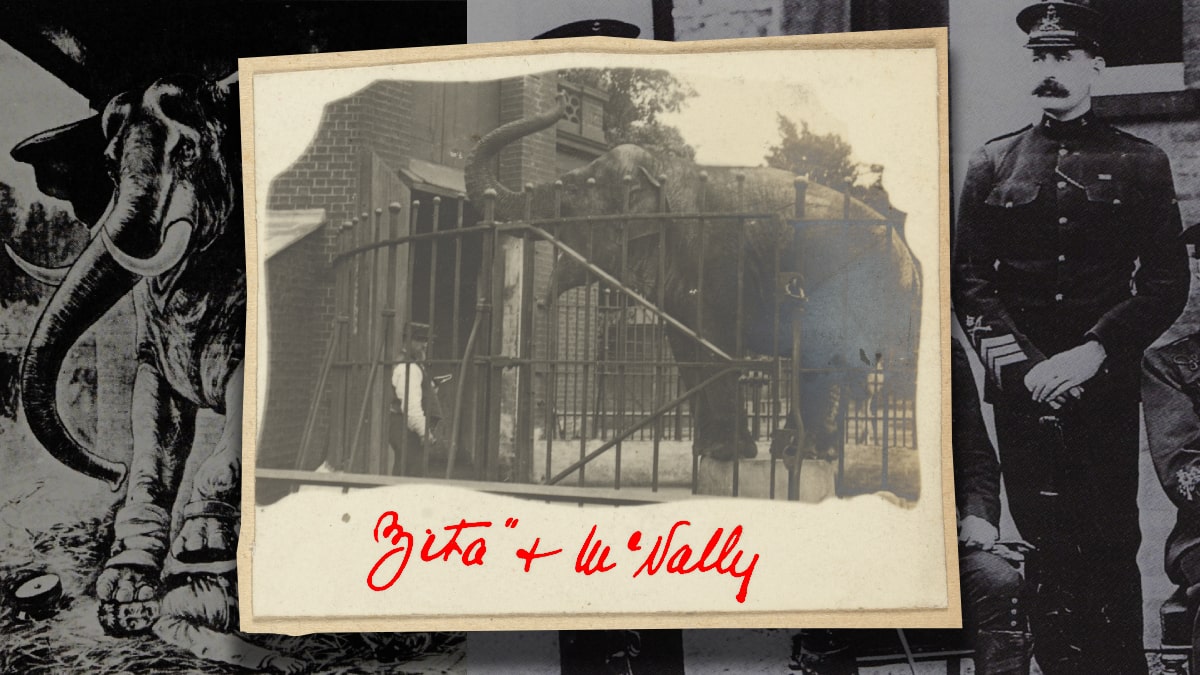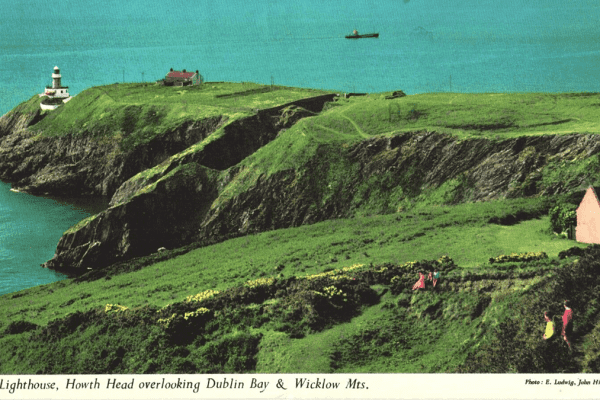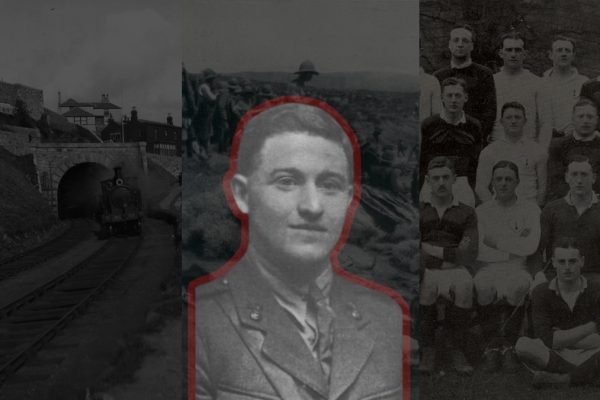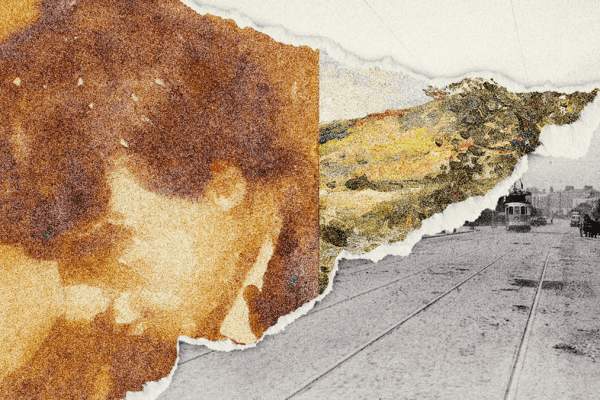On a June morning in 1903, the normally peaceful grounds of Dublin Zoo echoed with gunfire. Sita, an Asian elephant who had been a star attraction, lay lifeless on the ground, shot by officers from the Royal Irish Constabulary. She had recently killed James McNally, a veteran zookeeper who looked after the elephants for three decades.
This is how both man and elephant met their tragic end, and how Dublin Zoo became the stage for an unforgettable episode in the city’s history.
The King is Dead
“The King is dead” declared the Freeman’s Journal in 1882.1 This referred to the death of Dublin Zoo’s elephant, Prince Tom. Towards the end of his life, the Zoological Society became increasingly disdainful of his behaviour. In one incident, a visitor described how the head of the Zoo, Samuel Haughton, had stabbed “Prince” in the trunk with a bayonet attached to the end of a long stick to stop him from being unruly, causing blood to pour out.2
After the elephant’s death, an anatomy professor at Trinity College Dublin requested to perform an autopsy, as there were only two accounts of the muscular system of an elephant and both accounts differed. So a float pulled the elephant to the college, where his skeleton is now on display in the college museum.3
New Arrivals
With Prince Tom’s death, Dublin Zoo faced a problem. The star attraction was gone, leaving the Zoo without its most popular draw. However, Edward Sinclair Snow, the Zoo’s curator tasked with getting a replacement, found two elephants in Myanmar through a specialist dealer.1 At a cost of £700 for the pair, they arrived in March, two months after Prince Tom’s death.4 After a stopover in Liverpool, they landed at North Wall at 7am before being walked along the quays to the Zoo, with hundreds of Dubliners looking on.5
The Society voted to name the pair Rama and Sita, after the husband-and-wife gods from Hinduism. They proved to be an instant attraction to visitors, leading a dealer in England to offer to buy them for the circus for 2,500 guineas – around 3 times the amount they paid for them. The Zoo rejected this offer as they felt they could easily recoup the purchase through the gate fees that they were bringing in.6
To accommodate both Rama and Sita, a specialist elephant house had to be constructed, as they were currently residing in the old ostrich house.5 To raise funds for the building, a series of lectures were held at Trinity College from April to June, mainly covering historical topics.7 In the meantime, the person tasked with caring for the animals was James McNally.
Enter McNally
McNally, a Dublin native, started working in Dublin Zoo in the early 1870s when Prince Tom arrived. After marrying, he moved to 19 Ross Street in Stoneybatter, only a kilometre from the Zoo, with his wife and children.8
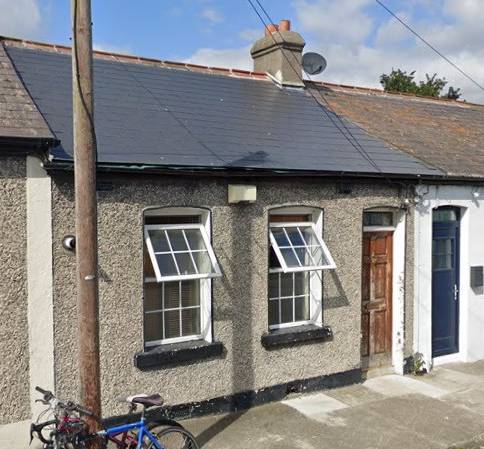
In the late 1880s, the pair of elephants began to be unruly. The Zoo petitioned the help of Captain Harrington, a professional animal trainer.9 With a few months of tutelage, the elephants were able to perform new tricks, such as posing for photographs. Another trick was Rama playing the barrel organ, with Sita accompanying him by performing a “dance” – kicking her heels forward. Despite their behavioural issues seemingly being amended, only Rama was regarded as suitable enough to carry children visiting the Zoo on his back.10
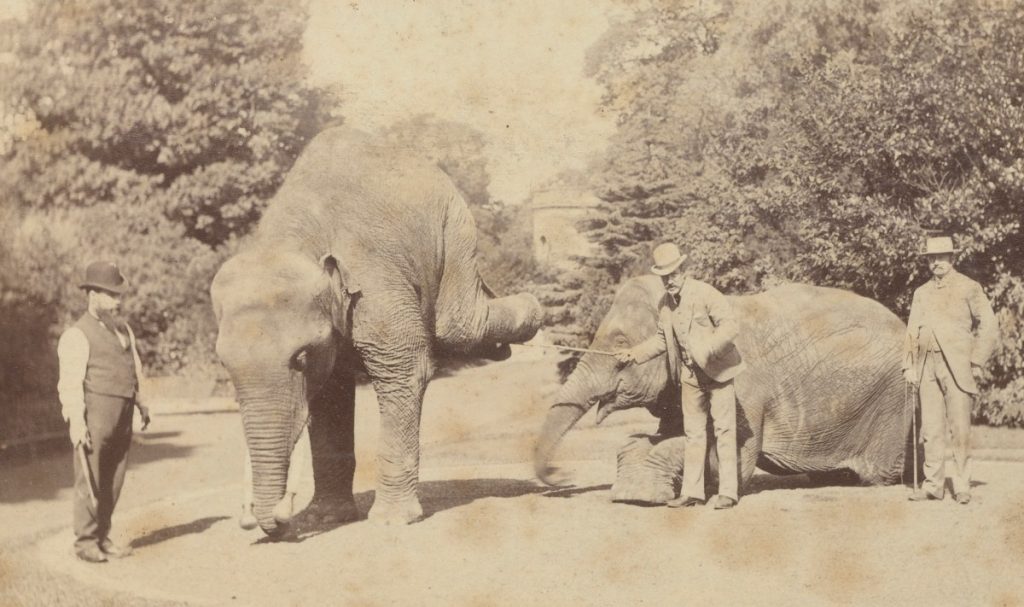
(Courtesy of the Library of Trinity College, Dublin)
Rama died in November 1890.11 While poisoning was initially suspected, it was later found to be from enteritis, complicated by underlying pneumonia.12 Weighing over 4 tonnes, a team of 50 men from the nearby Royal Irish Constabulary (RIC) depot had to drag his body into the open to be dissected.11
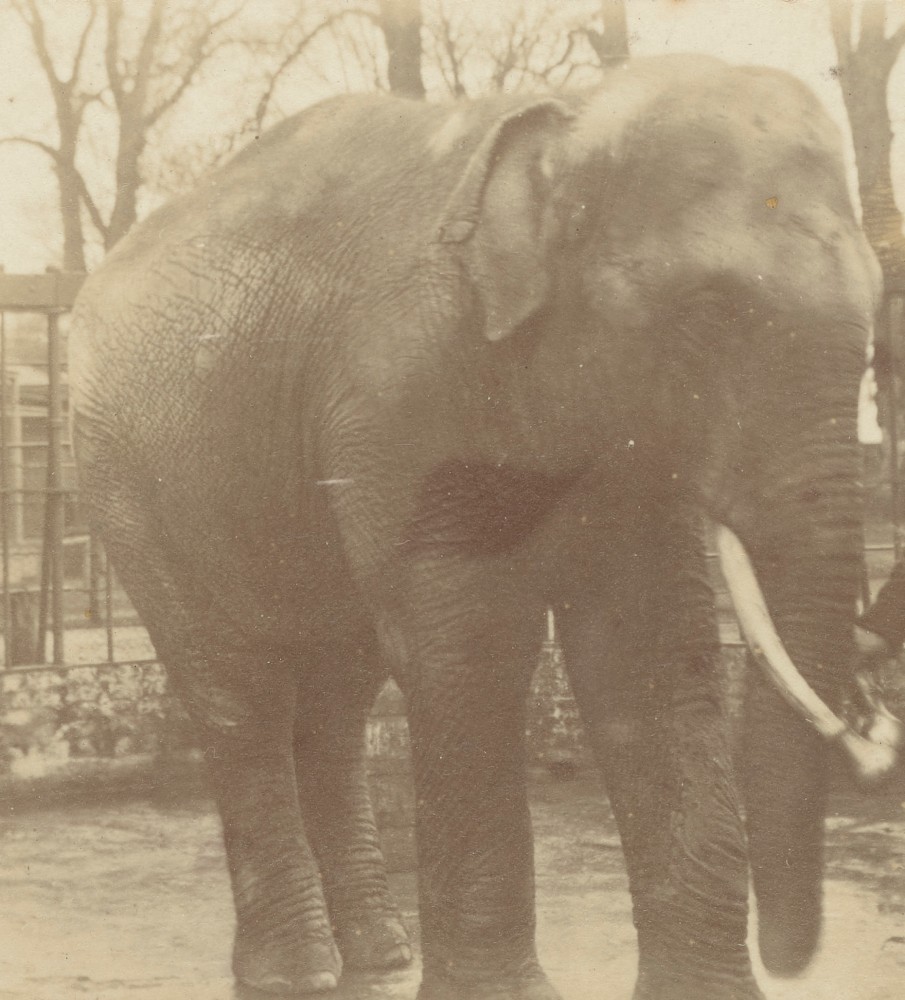
Dublin)
Beast and Man
Observers said that Sita had developed a great attachment to McNally.10 A common trick was that a member of the public would hand Sita a coin, which she would give to McNally, who would, in turn, reward her with a bun or biscuit.
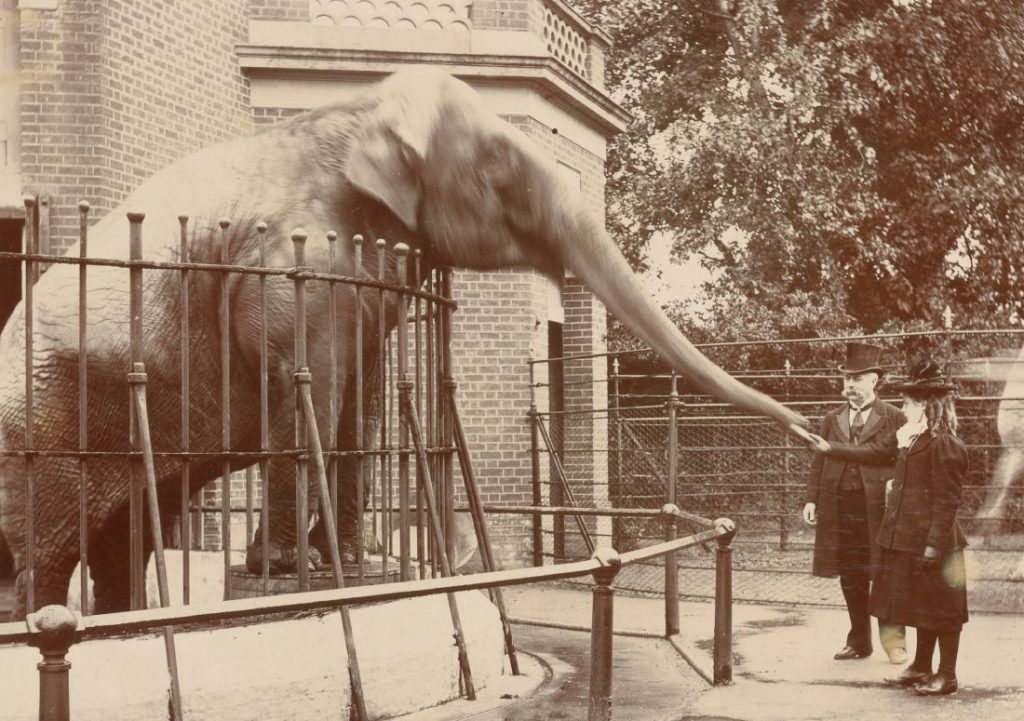
Dublin)
On a late Sunday afternoon in May 1897, this routine was unfolding. A spectator handed Sita a coin, which she promptly passed to McNally. McNally went into the elephant house to find the biscuits before coming back out. While he was looking for the person who gave Sita the coin so they could hand the elephant the biscuit themselves, Sita suddenly hit him with her trunk, knocking McNally down. While he was on the ground, she kicked him with her hind feet. McNally managed to roll over and escape from the enclosure. He sustained a cut to the back of his head from the fall.13
McNally told the Zoo Society that he was not afraid of her and that he fell by slipping on the concrete, maintaining that the incident was accidental and that Sita had shown him no malice.14
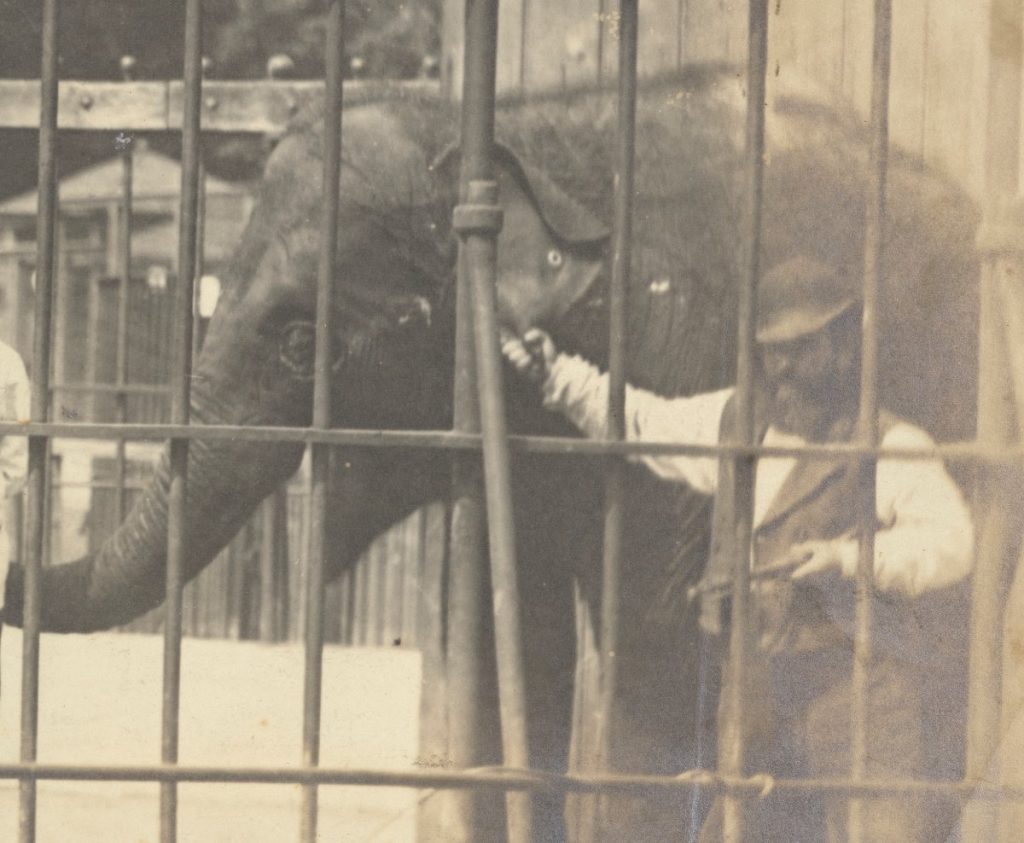
of Trinity College, Dublin)
The Zoo found a new companion for Sita in March 1903. Another Asian elephant, named Padmahati, was presented by the Duke of Connaught to the Zoo, who in turn was gifted her by the Bardhaman Raj of West Bengal. She was brought to Portsmouth on the HMS Renown before being conveyed by steamship to Dublin.15
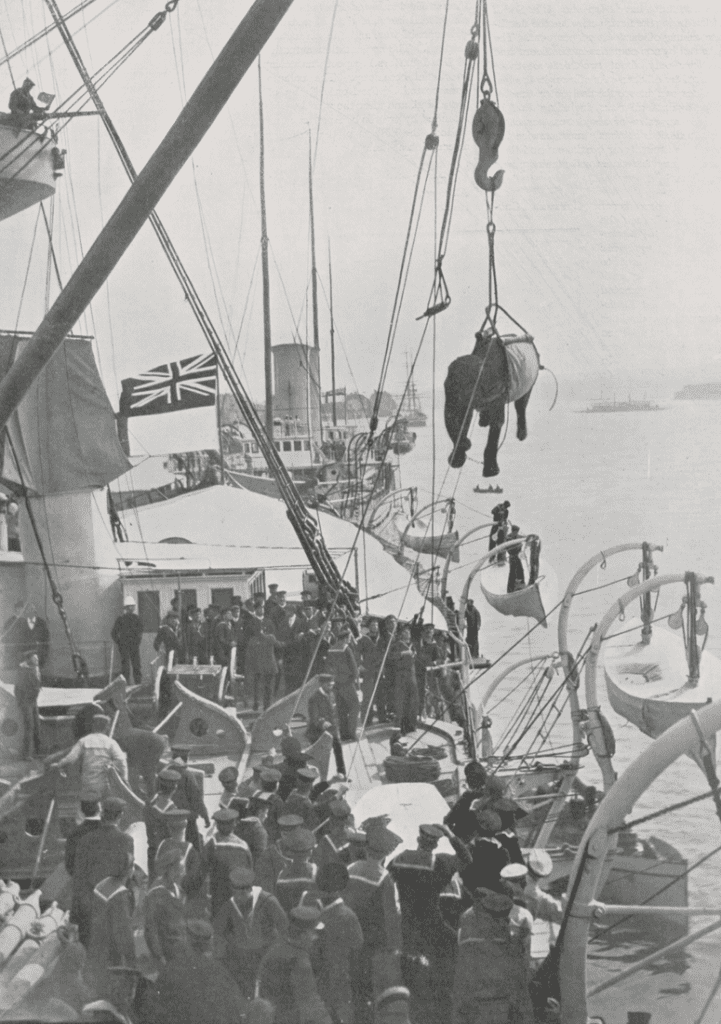
bound for Dublin, from the Navy and Army,
4 April 1903
The Final Command
On 9 June 1903, McNally went to tend to Sita. She had been suffering from an ingrown toenail that was causing her pain every time she walked.14 His son, now an assistant keeper, went to help. McNally entered the elephant house to apply lotion to the affected area. He shouted at her to kneel, but she refused. He yelled the command a second time. Without warning, she struck McNally with her shoulder, sending him crashing to the ground. In a fatal moment, she placed her foot on his head, crushing his skull. The incident happened within seconds. McNally’s son and another keeper who witnessed the event shouted at Sita to step away, which she did.
Exit Sita
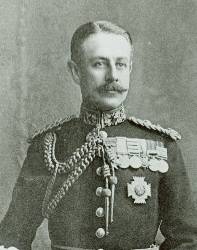
Though the inquest suggested that her actions were more likely caused by the pain from her injury than outright aggression, the Zoo Society decided that she was a danger to the zookeepers and public, and ordered her to be shot.16 Appeals were made for a “pardon” but to no avail.17 The question now was about the most effective method to do it. They gave her a poisoned apple but she refused to take it.18 The Inspector General of the RIC, Colonel Neville Chamberlain, had experience elephant hunting in Africa and offered to lend his expertise. He owned a No. 12 Bore “elephant gun” and a No. 8 Bore was acquired from London.19
Seven officers from the RIC Musketry Staff were called upon. Five were given Martini-Henri carbines, while two were handed the elephant guns. Sergeant Hubert Duffy took control of the No. 8 Bore, while Sergeant John Joseph Bane had Chamberlain’s gun. The carbines were to be aimed at Sita’s front right leg, so if the elephant guns were ineffective, she would be unable to charge towards the officers.20
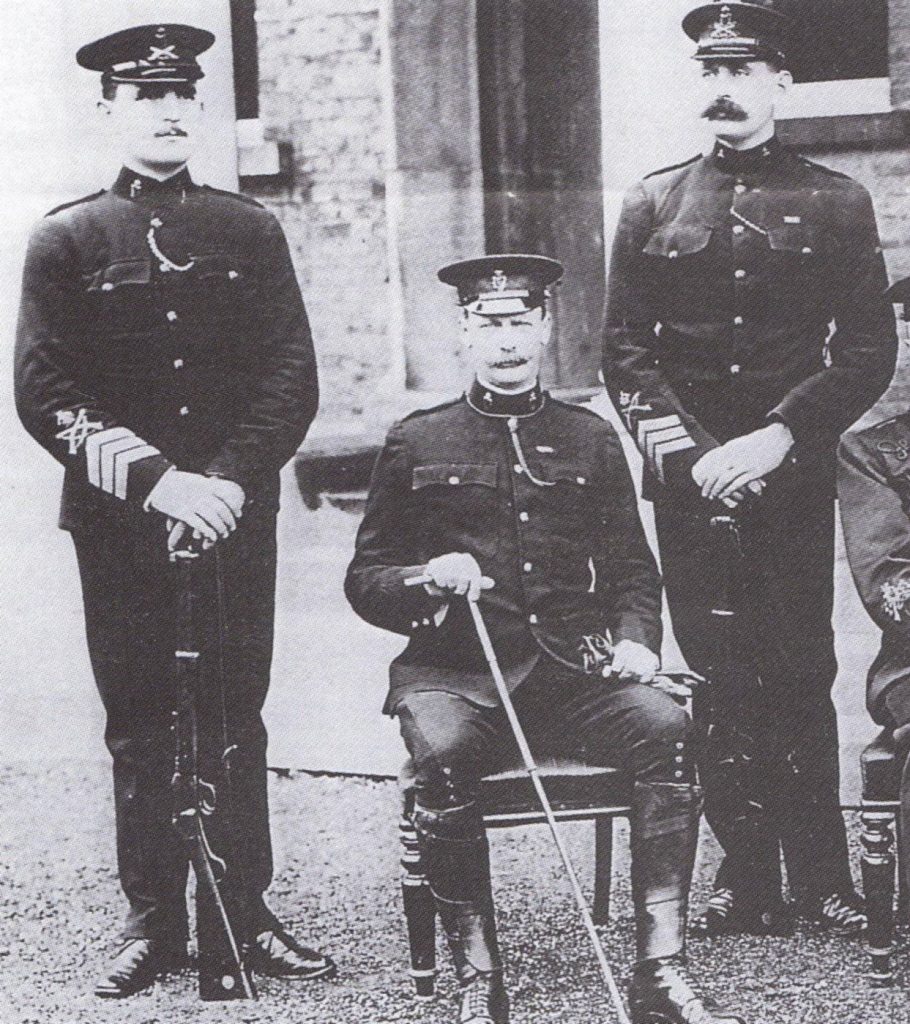
Constabulary Gazette, 7 November 1903
The group arrived at the elephant house at 10:30am, where they found Sita to be standing calmly. The officers aimed their elephant gun in an oblique direction at her head, as that was determined to be the best method of fatally firing at an elephant’s brain. She shuffled about a bit, moving from side to side, but was otherwise placid.14
Once everyone was in position, Chamberlain gave the order “One-two-fire”, and the deafening sound of the elephant guns rang out in symphony with the carbines, ending with a loud thud. When the smoke cleared, Sita lay motionless on her side, save for a few final twitches. Chamberlain commented, “Well done, RIC.” He presented Bane and Duffy with cartridges as a memento of the occasion.19
A post-mortem found that Sita was instantly killed by a single bullet straight through the frontal lobe, fired by Sergeant Duffy. It also remarked that not one of the bullets fired at the front leg were effective, with only one having touched the bone, removing a splinter.19
Newspaper reports state that Sita’s corpse was chopped up and used to feed the carnivores within the Zoo.17,21 However, Chamberlain wanted an additional souvenir. At his expense, he had Sita’s hind foot mounted and presented it to the RIC Sergeants’ Mess at the Phoenix Park Depot.22 It remained there until 1922, when it transferred back to the Zoo, where it was most recently kept in the director’s office, away from public display.23 It bears the inscription:
“SITA,”
Who killed her keeper and was shot by a party of the
ROYAL IRISH CONSTABULARY
On 11th June, 1903.
Presented by COLONEL SIR NEVILLE CHAMBERLAIN.
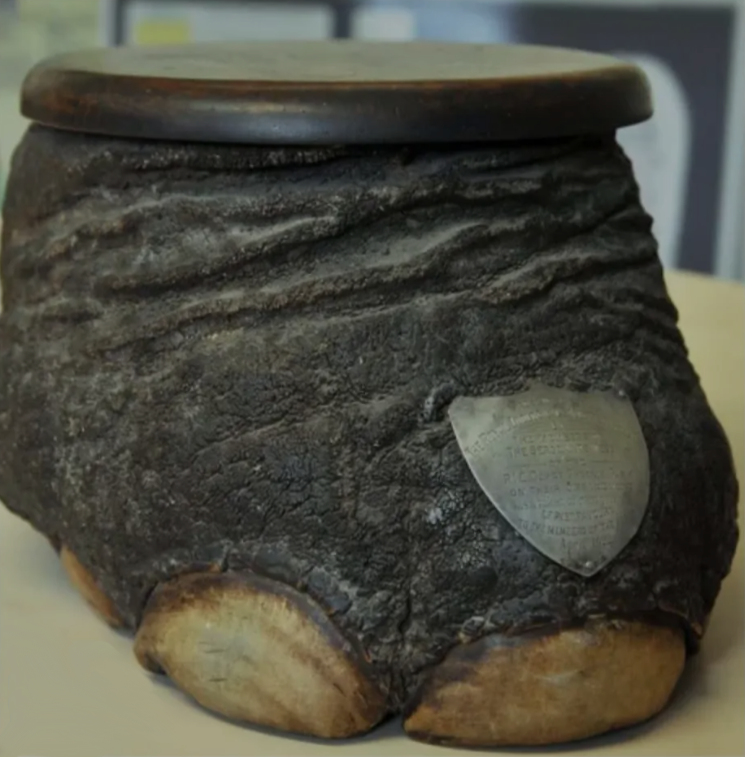
Mirror, 14 July 2024)
Laid to Rest
A day after Sita met her fate, McNally was laid to rest in an unmarked grave in the Garden section of Glasnevin Cemetery. To financially support his family, a fund was established and his son was given a permanent position as an assistant keeper at the Zoo.12,24
Padmahati, Sita’s companion, died 4 years later.25 After their deaths, Dublin Zoo experienced a noticeable lull in its elephant population. Elephants were only seen during short-term summer loans. One of these loans was “Sally”. A newspaper was quick to note that she showed “none of the uncertain temper of the huge brute which stamped upon the head of her keeper”26 – highlighting the notoriety that Sita had now acquired amongst the people of Dublin, one that would be used as a cautionary tale for many zookeepers thereafter.27
References
- Rama and Sita at the Zoo. Freeman’s Journal. March 13, 1882, 7.
- Beale W. The Light of Other Days: Seen Through the Wrong End of an Opera Glass. Richard Bentley and Son; 1890.
- A Post-Mortem on an Elephant. The Northern Whig. January 24, 1882, 3.
- The Zoological Gardens. Evening Herald. April 16, 1892, 5.
- Jumbos in Dublin. Freeman’s Journal. March 10, 1882, 5.
- Rama and Sita. Freeman’s Journal. March 27, 1882, 5.
- Trinity College. Freeman’s Journal. April 29, 1882, 4.
- 1901 Census for House 19, Ross Street, Arran Quay, Dublin. March 31, 1901. https://www.census.nationalarchives.ie/reels/nai003780944/
- Elephants at the Zoological Gardens, Dublin. The Graphic. December 22, 1888, 14.
- In the Dublin Zoo. The Lady of the House. March 15, 1895, 13.
- Society in Ireland. The Gentlewoman. November 22, 1890, 736.
- De Courcy C. Dublin Zoo: An Illustrated History. Collins; 2009.
- The Elephant Attacks His Keeper. Freeman’s Journal. May 18, 1897, 7.
- The Fatality at the Zoo. The Daily Express. June 12, 1903, 7.
- To the Durbar and Back. Sussex Express, Surrey Standard & Kent Mail. April 4, 1903, 3.
- Zoological Society. Irish Daily Independent. June 15, 1903, 2.
- Zita’s Last Day. Illustrated Police News. June 20, 1903, 7.
- Farrell W. So Once Was I: Forgotten Tales From Glasnevin Cemetery. Merrion Press; 2024.
- Exit Zita. The Constabulary Gazette. June 20, 1903, 428.
- Killing Expiated. Evening Despatch. June 12, 1903, 4.
- Zoo Tragedy. Irish Daily Independent. June 12, 1903, 2.
- The Foot of Sita. The Constabulary Gazette. October 20, 1903, 67.
- Keenan M. It’s a tough business running Dublin Zoo. Irish Independent. Published September 27, 2012. Accessed September 4, 2024. https://www.independent.ie/business/irish/its-a-tough-business-running-dublin-zoo/28814581.html
- The Fatal Accident at the Zoo. The Daily Express. June 16, 1903, 4.
- Dublin Zoo. The Irish Times. August 29, 1907, 7.
- A Dublin Letter. The Cork Examiner. March 6, 1912, 8.
- Murphy T. Some of My Best Friends Are Animals. Paddington Press; 1979.
